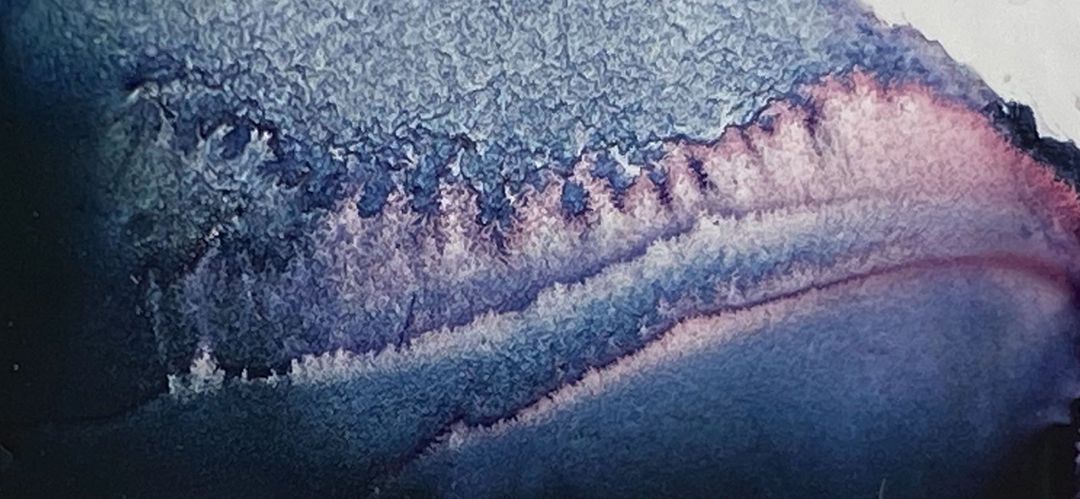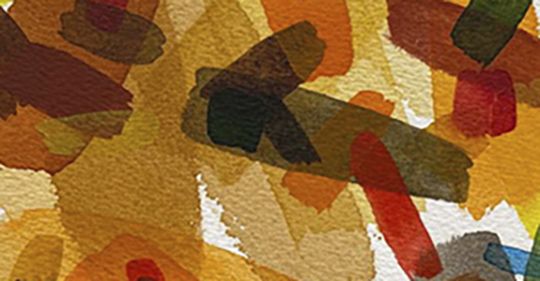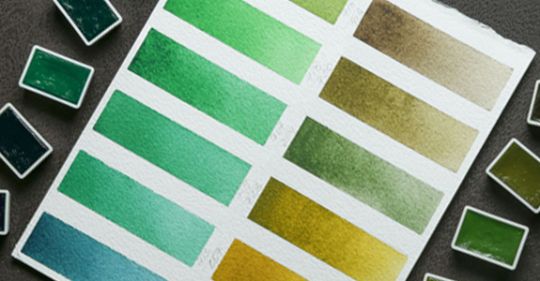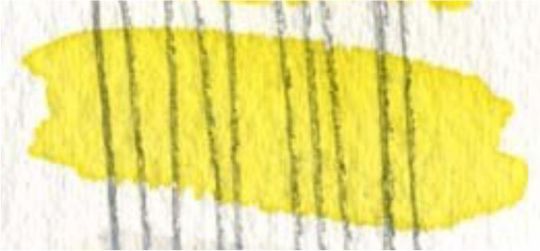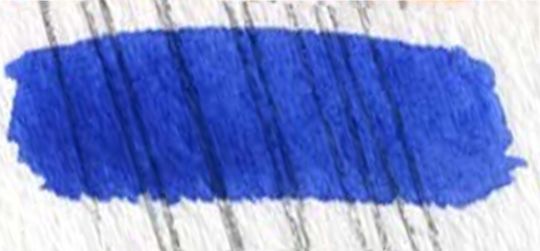DESIGNATION OF KEY CHARACTERISTICS OF WATERCOLOUR PAINTS:
LIGHTFASTNESS
Lightfastness is a property of paint that characterizes resistance to fading or change in hue when exposed to light. The lightfastness characteristics of the finished paints are inherited from this pigment index. Each batch of independently produced or purchased pigments is tested in accordance with Russian lightfastness standards using an arc discharge mercury lamp (GOST 21903-75). From 2021, pigments have been also tested according to the ASTM D4303 standard. A batch of pigments that has passed the tests according to two standards is used in the production of paints. The lightfastness class is assigned in accordance with the Russian standard, which defines 3 main groups:
*** - High lightfastness (corresponds to ASTM Class I),
** - Medium lightfastness (corresponds to ASTM Class II),
* - Low lightfastness (corresponds to ASTM class III and IV).
The preservation of colour in watercolour painting is also strongly influenced by the quality and characteristics of the paper and auxiliaries used in the work.
COVERING
Covering is the property of paint to create the density of a painting layer, completely overlapping the previous layer. In watercolour, transparent and semi-transparent paints are especially appreciated, allowing you to make the painting light-bearing, not muting the glow of paper. The most covering pigments are titanium white, chromium oxide, cadmium pigments.
Watercolour paints are divided into 3 groups according to the degree of covering properties:
■ - Оpaque
□ - Transparent
◨ - Semi-transparent
WASHABILITY
Washability is a characteristic of the property of watercolour paint to washed off after application to paper and complete drying. For various watercolour techniques, this parameter can be of fundamental importance and it is important to take it into account while painting. Paints made of synthetic organic pigments are particularly resistant to washing off.
Watercolour paints are divided into 3 groups:
▲ - Staining paints
△ - Non-staining paints.
◮ - Semi-staining paints
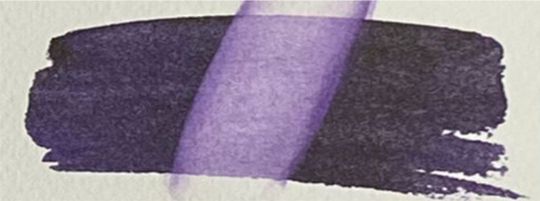
▲ Staining paints
Staining paints leave a strongly coloured trace on a sheet of paper after washing off:
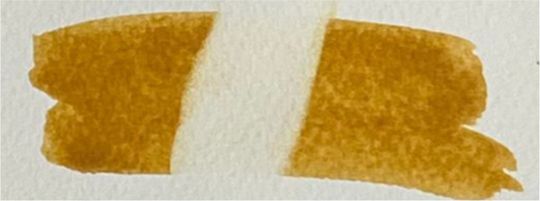
△ Non-staining paints
Non-staining paints are washed of f completely:
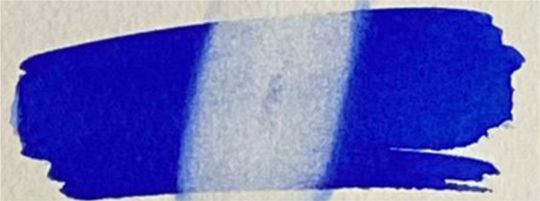
◮ Semi-staining paints
Semi-staining paints leave slightly coloured trace:
(G) Granulation
Granulation (G) is the pronounced appearance of pigment particles on paper, creating a non-uniform texture in the paint layer in the form of visually noticeable small spots or flakes. Granulation is explained by the tendency of particles of some pigments to coagulate: on the wet surface of the sheet, particles of some pigments, moving in water layer, gravitate to each other, forming visible clusters. In watercolour painting, this feature is expressed in the tendency of the pigment to granulate or in other words, form a noticeable paint sediment.
Ultramarines, cobalts and cadmium pigments, earths, black and broun mars, chromium oxide have an initial tendency to granulation. The most obvious granulation shows itself in priming when paper with coarse texture and earthy water are used.
